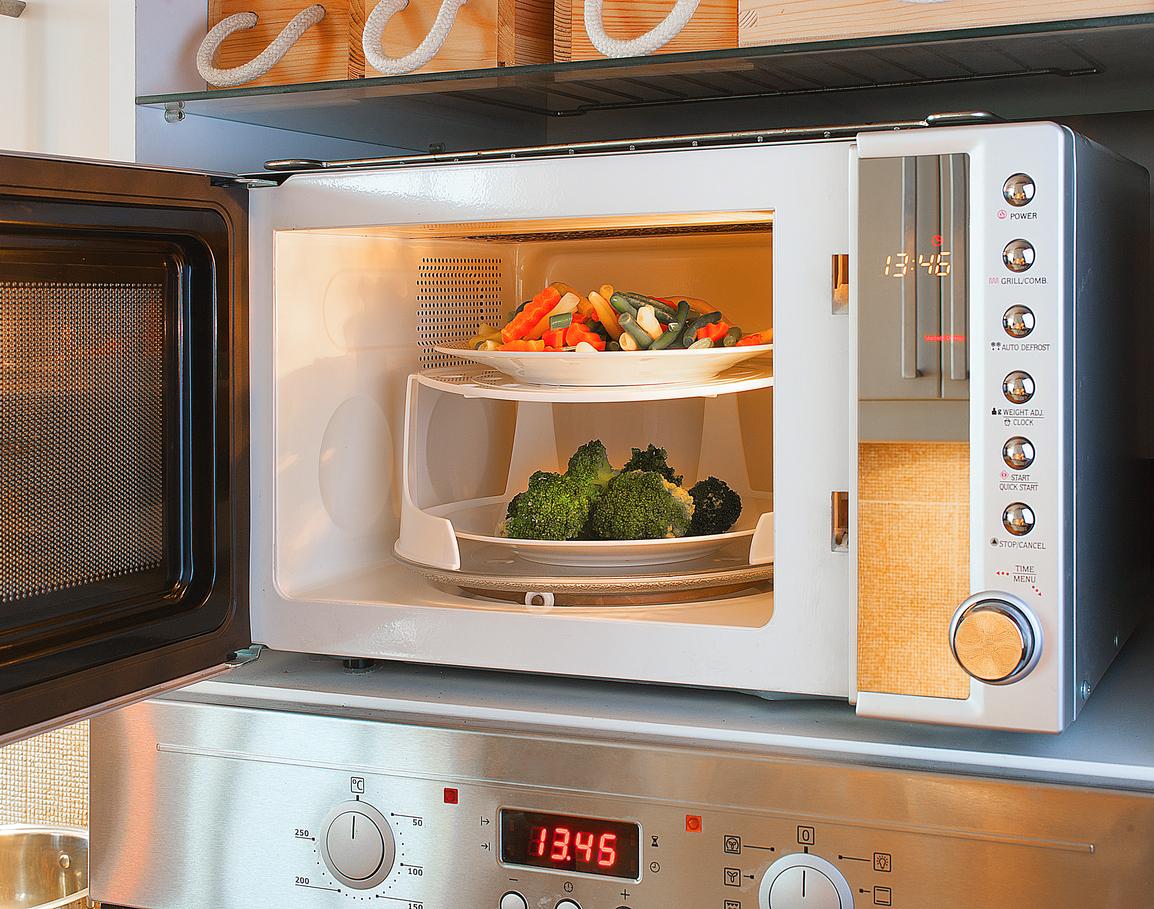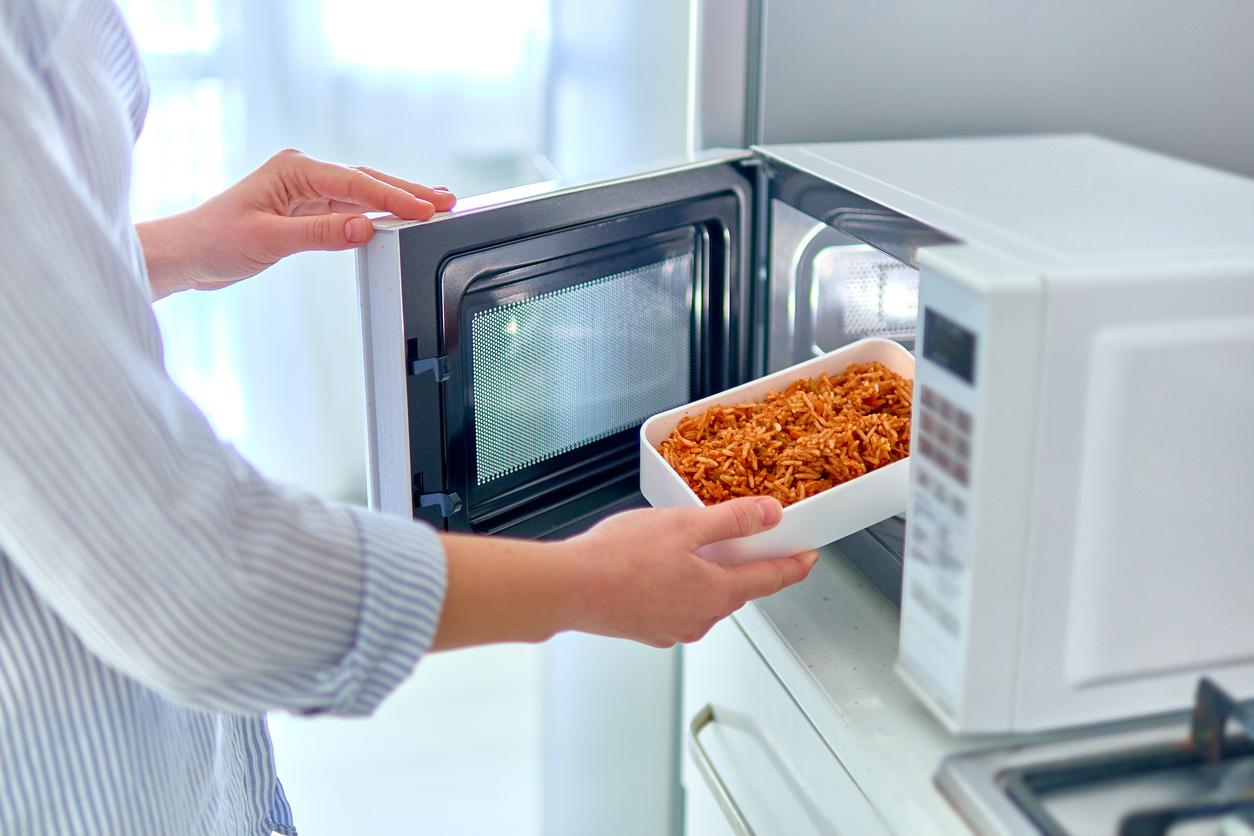Pots and pans with a polytetrafluoroethylene (PTFE) non-stick coating raise several health issues. “PTFE remains debated, there is a lack of hindsight about it, about the chemical compounds it can release at high temperatures and their effects on health.
Some studies suggest effects on reproduction,” explains Philippe Perrin. Over time, the non-stick material ages and the release can increase, which is why it is advisable to replace your non-stick pans as soon as they are scratched. As for the PFOA (perfluoro-octanoic acid) used in the manufacture of these non-stick pans, it is recognized as endocrine disruptor. Many manufacturers have already withdrawn it in anticipation of its ban in 2015. Problem: we do not know what it is replaced by… As a precaution, it is therefore better to avoid all non-stick coatings and turn to materials like stainless steel, stable and durable. When buying, quality is preferred (proportional to the number of layers of stainless steel… and the price). As for ceramics, “it also appears to be a stable material, but one is never sure of its composition”, considers Philippe Perrin. If you opt for this material, choose “real” ceramic (NF logo).
Is aluminum harmful?
A metal known to be neurotoxic, aluminum is found naturally in food, soil, water, but the problem is that today there are many sources of ingestion: food additives, migration from food containers or utensils of cooking, tap water (in which it is used in order to prevent it from being cloudy). Several studies have thus shown that the absorption of aluminum via water could have effects on the brain, and even promote the onset of Alzheimer’s disease.
The idea is therefore to avoid exposure toaluminum. We therefore forget aluminum pans and saucepans, single-use aluminum trays, aluminum foil. Regarding the latter, “the surface coating of certain products also raises questions because we do not know their composition”, considers Philippe Perrin.
















